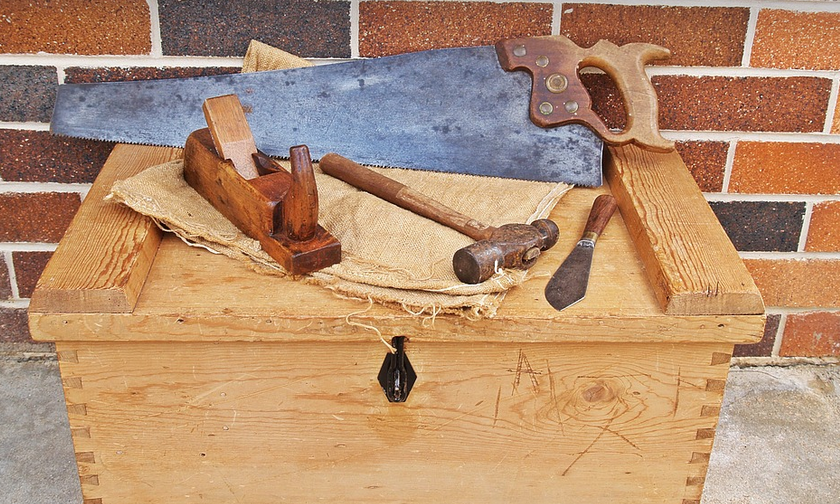The Big Debate: Combing vs. Brushing for Thin Locks
Hey there, fellow hair explorers! You’ve probably noticed that our heads are home to some unique journeys—like the wild ride of healthy 20s hair, thinning edges in your 30s, and maybe even a little bit of “lost-in-the-wind” feeling. We all have different hair types, and when it comes to styling and maintaining them, there’s a constant question that pops up: comb or brush?
It’s kind of like asking if you should pack a small bag for travel or a giant suitcase—both work, but they serve different purposes. So, let’s dive into this age-old debate and explore the pros and cons of each tool to see which one reigns supreme in your hair care routine.
The Comb: A Gentle Touch for Thin Hair
The comb, with its fine, flexible teeth, feels more like a gentle caress rather than a forceful workout. It’s especially popular with those who have fine or thinning hair because it minimizes breakage and keeps the strands from getting tangled. While you might think of combs as solely for detangling, they actually provide other benefits too.
Think of a comb as your hair’s best friend in a gentle touch-up situation. When used correctly, it can help distribute your natural oils, which is crucial for healthy hair growth and shine. The teeth of a comb are designed to grip and lift the strands from the scalp, creating a smooth surface for styling without pulling or tugging.
Combs work well for everyday use and can help keep your hair in check. However, their limitations come into play when you are aiming for volume-enhancing styles. Because of the lack of flexibility, they might not be able to easily create a more sculpted look or add lift to your roots.
The Brush: A Forceful Friend for Styling
On the other hand, the brush, with its dense bristles, is all about power and precision. It’s like having a professional hair stylist right in your hands! The brush helps distribute oils from roots to tips, but it also creates volume. When you use a brush to style your hair, you are essentially stimulating blood flow in your scalp.
Many argue that the brush is the better choice for thin hair because of the way it shapes and styles. Brushes can create lift and volume for fine hair, which can help enhance your natural texture and add some oomph to your look. They also provide a smooth surface for adding styling products like mousse or gel.
However, there’s a downside to the brush’s power. Frequent use of certain brushes with strong bristles can sometimes cause breakage, especially on fine hair. This is because the constant pulling and pushing can lead to thinning.
Finding The Right Balance: Comb or Brush?
The best tool for your thin hair depends on individual preferences and hair goals. If you are looking for a gentle detangling method that promotes natural oil distribution, then a comb is your go-to tool. For styling purposes, especially if you’re aiming for volume and lift, the brush might be the hero of your daily routine.
Choosing the right tool requires knowing your hair type and what you want to achieve. If you have very fine hair or are dealing with a lot of thinning, it’s wise to use a comb cautiously, as excessive pulling can exacerbate the problem. On the other hand, if you regularly style your hair with volume in mind, then a brush might be the answer. Remember, consistency is key!
Pro Tips for Comb and Brush Use
Here are some tips to maximize the benefits of both combs and brushes for your thin hair:
* **Comb before you brush:** Start by using a wide-tooth comb to detangle your hair gently. This helps reduce breakage, especially when styling with a brush or other tools later on. * **Use natural oils:** To combat dryness and frizz, use natural hair oils like coconut oil or argan oil after washing your hair—this will help nourish and smooth the strands. * **Choose the right brush:** If you’re using a brush, opt for one with soft, flexible bristles designed for fine hair. Look at the bristle tip size; smaller tips offer more control and can prevent breakage. * **Brush in sections:** This helps manage volume, prevents tangles, and ensures even distribution of your natural oils. * **Use light pressure:** Don’t apply too much force while styling with a brush— especially on fine hair.
Remember, it’s all about finding what works best for you! Experiment with different tools and techniques to discover the perfect blend that brings out your best. And if you ever find yourself uncertain, reach out to a hairstylist for help!
